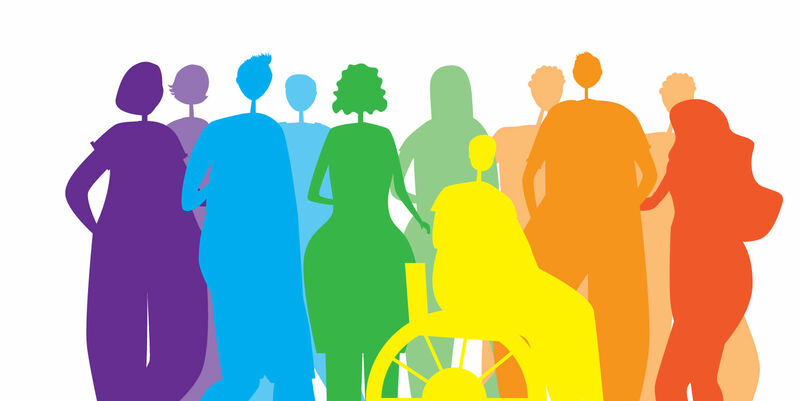
- People , Education
- 26/08/2022
It is easy enough to say that everyone is welcome at your classes or that everyone needs to feel safe. But how can teaching staff ensure that this is the case in practice?
One of the tips is to let students know what facilities are available. Hotlines, for example, or confidential counsellors and support. Also check whether your classroom is accessible to students with an impairment.
He/she/them
Other tips relate to identity. Let students know whether you want to be called he, she or them, or maybe something else. And ask your students what pronouns they use for themselves.
How important is it to share your own pronouns if there is nothing special about them? “It can give the opportunity for someone else to share theirs as well”, says LSVb chair Joram van Velzen. “I have no problem with it: I’ve also included my pronouns in my email signature, for example.”
Additionally, the union asks for careful use of language. For example, say ‘Hello everyone’ rather than ‘Ladies and gentlemen’. Also say ‘She’s attracted to women’ instead of ‘She’s a Lesbian’.
Dialogue
Some may regard this as an open door, while others might not see the need. Do ten brief tips do justice to a major topic like inclusion? “Not everyone uses the same starting point”, says Van Velzen. “We hope that this will open a dialogue.”
Discussion